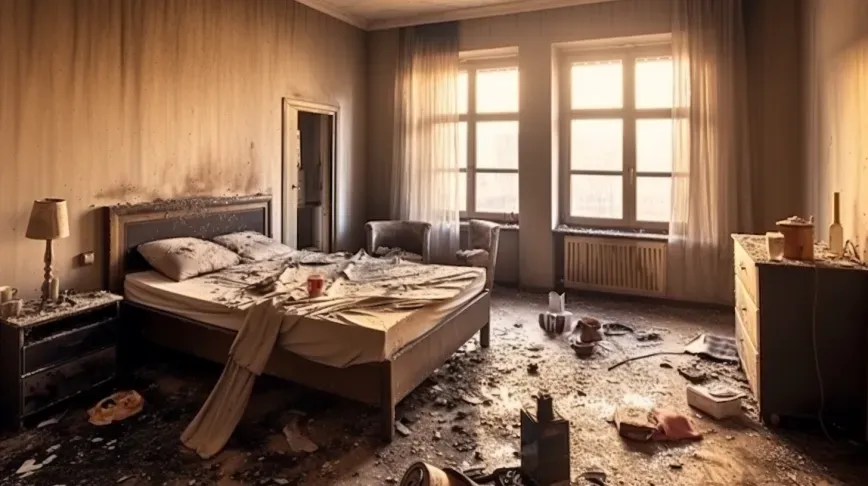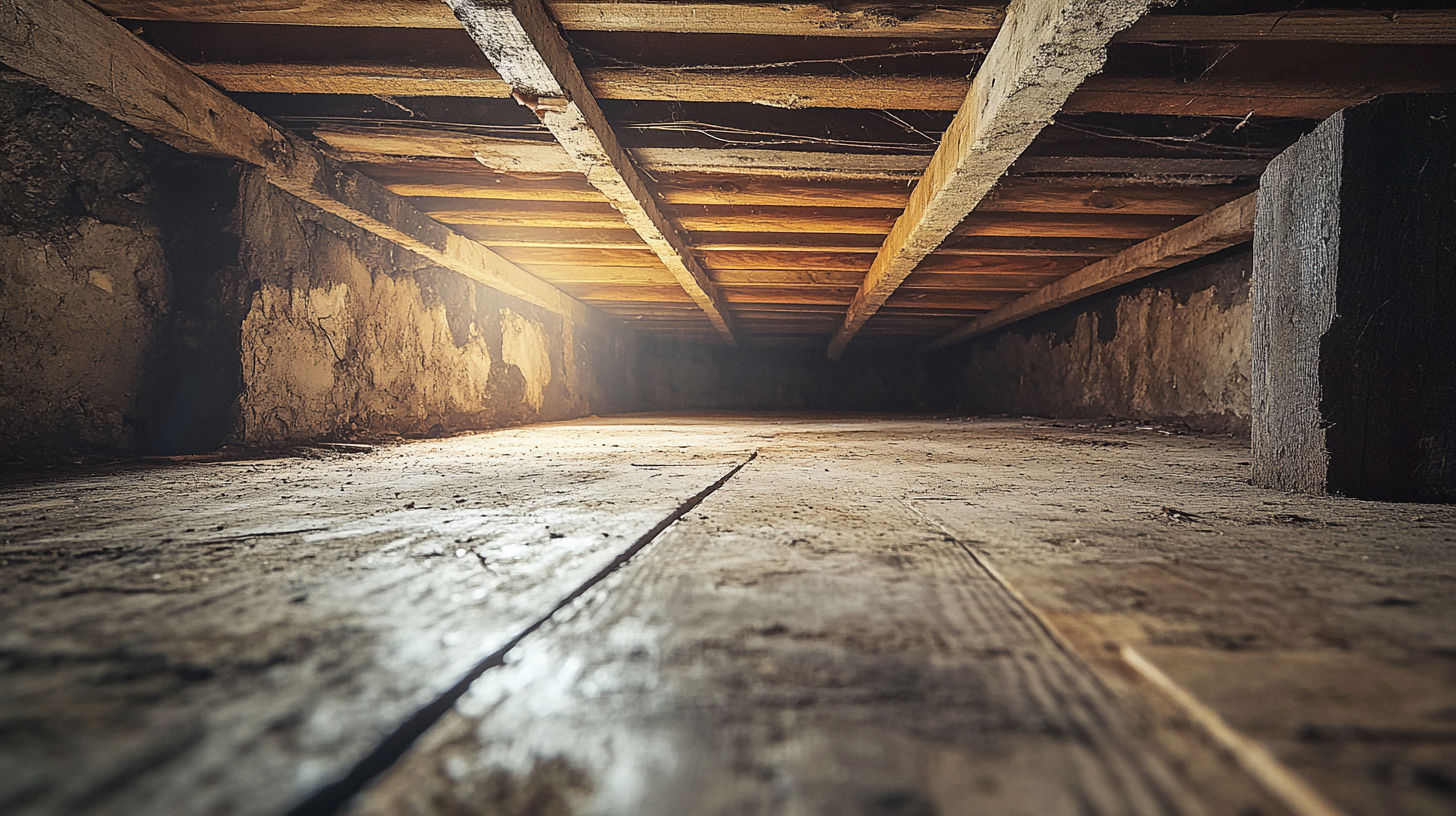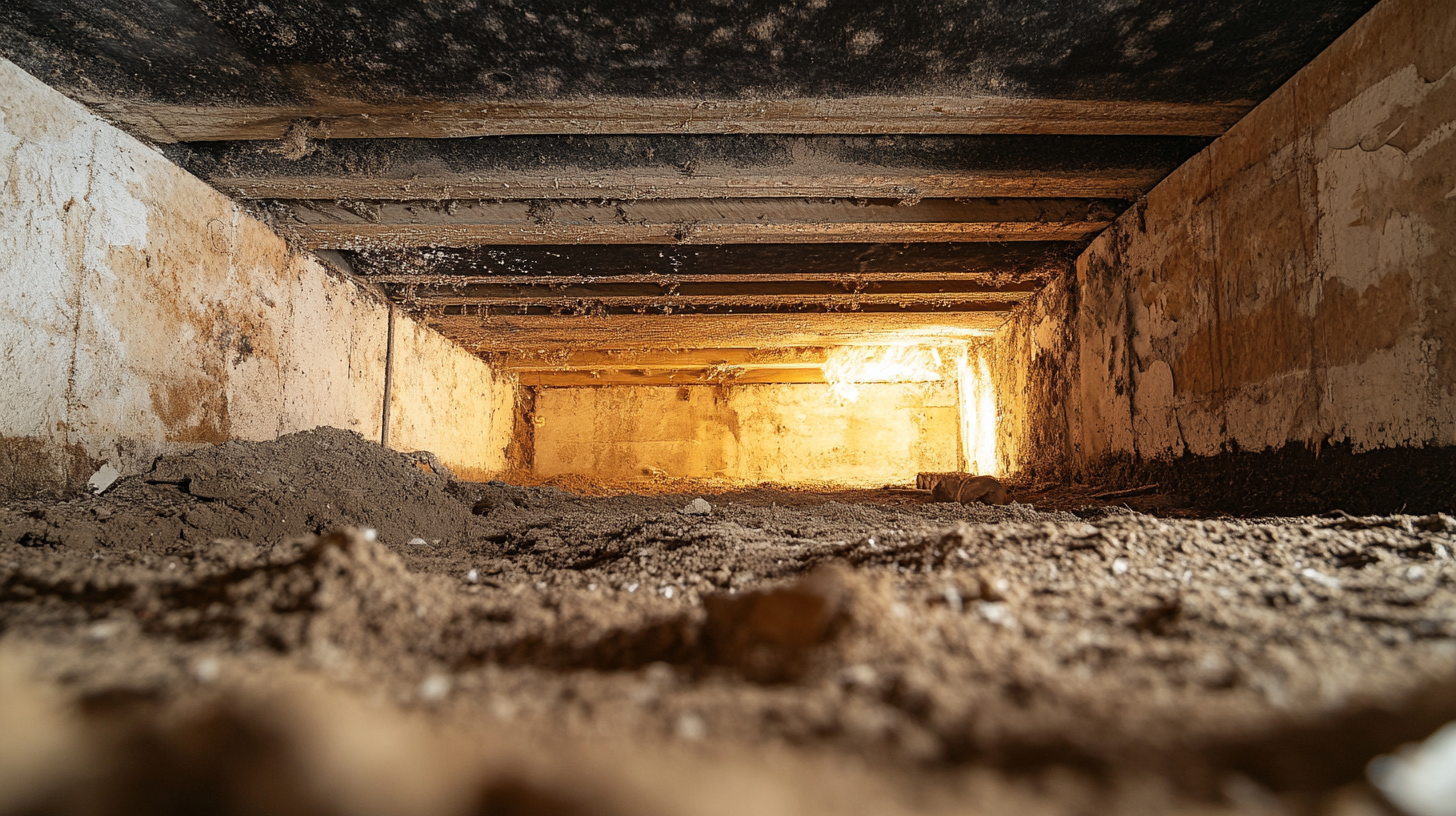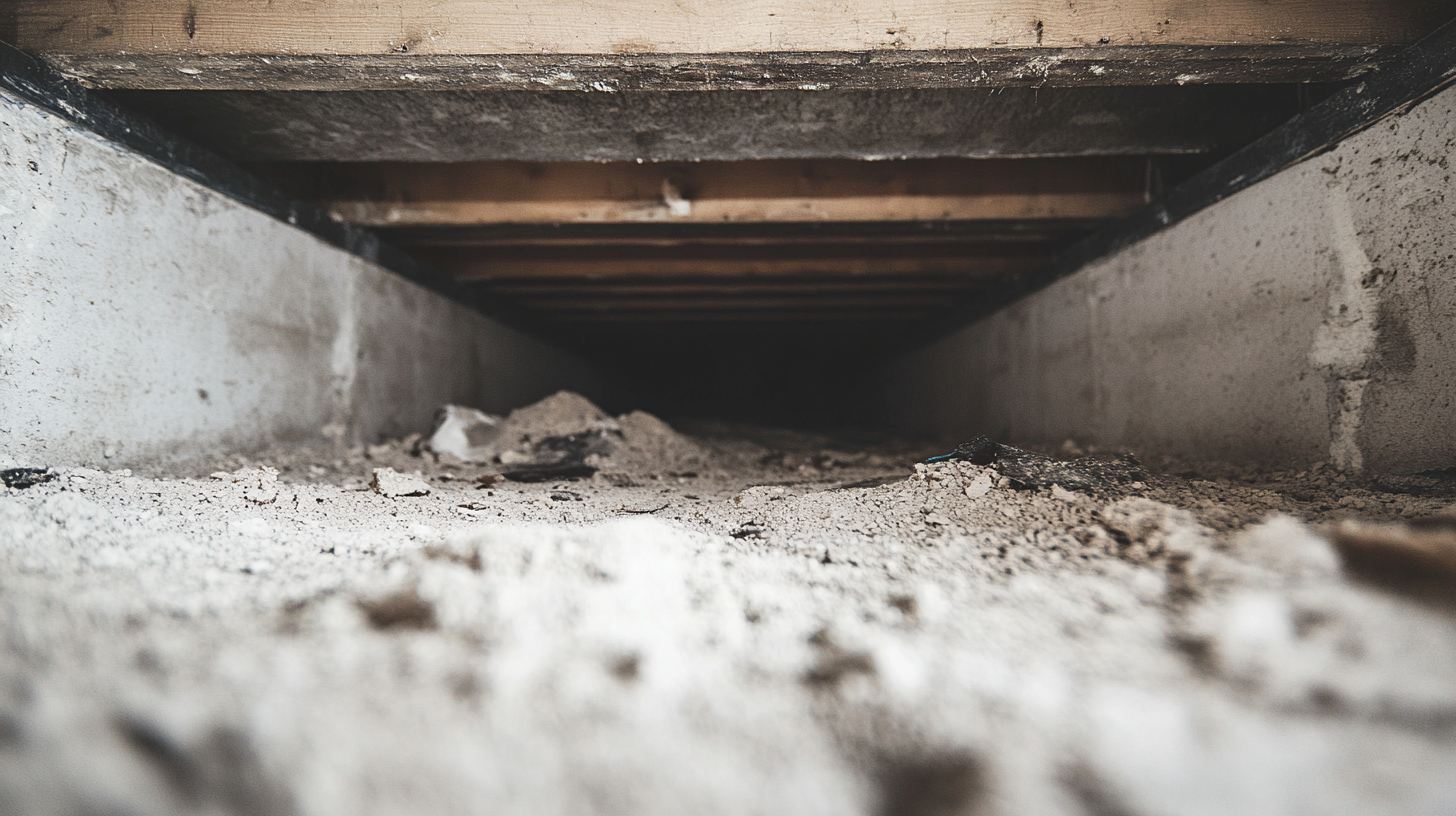Brief overview of the typical impacts of fire incidents on properties.

Fire incidents, ranging from minor blazes to major conflagrations, can leave a profound impact on properties, altering the lives and landscapes of those affected. Much like engaging with a deeply moving piece of literature, understanding the ramifications of fire on properties requires a deep dive into both the immediate and lingering aftereffects. The scars left by fire are not only physical—charred remnants and architectural distortions—but also carry emotional and economic repercussions that ripple through communities.
In this blog post, we'll explore the multifaceted impacts of fire incidents on properties. From structural damages to the emotional toll on occupants, the conversation will unfold to reveal the complexities of recovery and rebuilding. Drawing parallels with the thematic exploration in literature, we aim to uncover the layers of disruption caused by such catastrophic events, echoing the necessity of making meaningful connections with our surroundings and the events that shape them. Join us as we annotate the landscape of fire-damaged properties, identifying the challenges and considerations that emerge in the aftermath of a blaze, and discussing the broader implications on urban planning, safety regulations, and community resilience.
By dissecting the impacts through a narrative lens, this blog seeks not only to inform but also to connect with readers’ experiences and insights, fostering a deeper understanding of the transformative effects of fire on both space and spirit.
Understanding Fire Damage
Fire damage extends beyond the immediate aftermath of the flames. It is a complex interplay of various factors that disrupt both the structure and soul of affected properties. Engaging deeply with the topic, similar to annotating a rich text, allows us to explore the nuanced impacts of fire on buildings and lives.
Types of Fire Damage
- Structural Damage: This involves the impact on the core components that maintain a building's integrity. Like a critical analysis of a literary work, understanding structural damage requires dissecting the layers that hold a building together, revealing how the skeleton of the structure is compromised. The fire weakens steel, chars wood, and shatters glass, fundamentally challenging the building’s ability to stand firm. The narrative of a building, much like the plot of a story, is drastically altered, calling for a detailed exploration of its strength and resilience.
- Non-structural Damage: Beyond the bones of a building lie the elements that give it life and character—interior finishes and contents. Non-structural damage includes the effects on these components, from scorched furniture and melted appliances to peeling paint and warped plastics. This type of damage is akin to the subtle themes and motifs in literature that, though not central to the plot, significantly affect the story’s mood and tone. Analyzing non-structural damage helps us understand the broader aesthetic and functional impacts of fire, impacting how the space is experienced and felt.
Secondary Damages
- Water Damage from Firefighting Efforts: Addressing fire often requires large volumes of water, which, while quenching the flames, introduces another form of damage. Like a subplot that adds depth to the main story, water damage adds a layer of complexity to the recovery process. It affects materials, promotes mold growth, and undermines structural integrity, demanding a thorough examination of its cascading effects.
- Smoke and Soot Contamination: The narrative of fire damage is incomplete without discussing the pervasive effects of smoke and soot. These byproducts infiltrate every nook and cranny, leaving behind an acidic residue that corrodes metals, stains walls, and embeds an unpleasant odor into fabrics. Analyzing smoke and soot damage is similar to exploring the use of symbolism in literature—both permeate the material and leave a lasting impact that can alter perception and value. The long-term corrosiveness of these substances mirrors the lingering effects that thematic elements have on a reader’s interpretation and understanding of a text.
Benefits of Immediate Damage Assessment
Just as a thoughtful reader annotates a text to enhance understanding and draw connections, assessing fire damage promptly and thoroughly allows property owners and residents to grasp the extent of damage and take informed actions. This immediate assessment is crucial not only for understanding the present impact but also for planning effective restoration and preventing further damage.
Safety First
- Identifying Structural Risks: The primary concern post-fire is to ensure the safety of occupants and first responders. Much like analyzing a complex narrative to understand underlying themes, evaluating a fire-damaged structure involves examining the integrity of its construction elements. This process helps identify weakened areas that could lead to collapses or other hazards. Immediate and accurate assessment acts as the critical reading of a building’s current state, leading to informed decisions that prioritize human safety.
- Immediate Actions to Secure the Property: Securing a damaged property is akin to annotating a text to make it more accessible and safer for further reading. Boarding up broken windows and doors and tarping damaged roofs are immediate measures that protect the property from external elements and unauthorized entry. These actions preserve the scene, making subsequent assessments and repairs more manageable and preventing additional damage from exposure to the elements or human interference.
Mitigating Secondary Damage
- Importance of Quick Actions to Prevent Water and Mold Damage: In the aftermath of fire suppression efforts, properties are often left with significant water accumulation, which can lead to mold growth and further structural damage if not addressed promptly. This situation is similar to a reader identifying and addressing confusing or ambiguous text that could lead to misunderstandings if not clarified. Quick, decisive action to remove water and start the drying process helps preserve the property's integrity and maintain a healthier environment, preventing the narrative of disaster from developing additional unwelcome plots.
- Strategies to Ventilate and Dehumidify to Reduce Ongoing Damage from Moisture: Effective ventilation and dehumidification are critical in managing the indoor climate after a fire. These strategies help mitigate the effects of moisture, which can be as damaging as the fire itself. Analogous to exploring a text in-depth to uncover deeper meanings and prevent misinterpretations, these techniques delve into the fabric of the building to stabilize and restore the internal conditions. Ensuring that these methods are applied effectively can prevent the ongoing narrative of damage from evolving into a more complex and destructive story.
The Process of Fire Damage Assessment
Engaging in a fire damage assessment can be likened to the careful analysis of a complex text. Each step, from initial inspection to detailed documentation, requires attention to detail and a systematic approach to uncover the full extent of the impact, just as one might dissect a literary work to understand its themes and nuances.
Initial Inspection
- What to Expect During a Professional Fire Damage Inspection: Initiating a fire damage assessment involves a thorough inspection much like the first read-through of a challenging chapter. Professionals come equipped with the knowledge and tools to identify not just the obvious damages but also subtler signs that might not be immediately apparent. Property owners can expect this process to be systematic, covering every affected area to ensure no damage goes unnoticed.
- Tools and Technologies Used in the Assessment: Just as a scholar uses various aids like annotations, footnotes, and critical essays to deepen their understanding of a text, fire assessment professionals employ tools that enhance their ability to evaluate the condition of a property. Moisture meters help detect unseen water damage, thermal imaging cameras reveal heat variations that indicate potential problems not visible to the naked eye, and other sophisticated equipment aids in a more accurate and comprehensive assessment. These tools are the annotative aids that provide a deeper insight into the 'text' of the damaged property.
Documenting the Damage
- How Detailed Documentation Aids in Insurance Claims and Recovery Plans: After the initial assessment, detailed documentation of the damage is critical, functioning like the notes and annotations that readers make in the margins of a book. This documentation is vital for navigating the recovery process effectively, serving as a reliable and structured record that can be referred to in dealings with insurance companies and contractors. It helps ensure that all aspects of the damage are accounted for, which is essential for securing appropriate coverage and planning restorations.
- Types of Documentation Needed: The types of documentation required can be compared to the elements needed to form a well-supported literary analysis. Photos serve as direct evidence of the damage, akin to quotations pulled directly from a text. Descriptions provide context and detail, similar to a reader’s interpretation of what the quoted passages mean within the larger narrative. Item inventories list affected contents, paralleling a bibliography or a detailed outline of themes and characters, which supports the overarching analysis. Together, these documents create a comprehensive view of the damage, much like a thorough reading and subsequent analysis does for a complex text.
Working With Professionals
Just as a reader seeks expert opinions and scholarly annotations to deepen their understanding of a complex literary work, navigating the aftermath of a fire incident necessitates the involvement of professional experts. These professionals are instrumental in assessing damage thoroughly and advocating for the property owner's interests during the recovery and insurance claim process.
Choosing the Right Fire Damage Assessment Team
- Criteria for Selecting a Qualified and Experienced Assessment Team: Choosing the right team to assess fire damage is akin to selecting the right sources for a research paper. The criteria should include the team's qualifications, experience in the field, and their reputation in handling similar situations. Just as one would evaluate an author's credibility and expertise, assessing the credentials of a fire damage team is crucial. Look for teams that are licensed, have a proven track record, and come highly recommended by previous clients.
- The Benefits of Working with Certified Professionals: Opting for certified professionals, such as those certified by the Institute of Inspection, Cleaning and Restoration Certification (IICRC), offers assurances similar to citing peer-reviewed articles in academic work. These professionals adhere to a strict code of ethics and are trained according to the latest standards and procedures in fire damage assessment and restoration. Their certification is a testament to their skills and dedication to providing the highest quality services, ensuring that the property’s assessment and subsequent repairs are handled professionally.
Understanding the Role of Public Adjusters
- How Public Adjusters Can Assist in Managing Insurance Claims: Public adjusters play a crucial role similar to that of a critical editor helping an author navigate the publishing landscape. They manage the complexities of insurance claims, ensuring that the property owner's interests are represented fairly. These professionals are adept at negotiating with insurance companies, helping to secure a more favorable claim settlement. Their expertise can be invaluable, especially when the claims process becomes challenging and contentious.
- Differences Between Public Adjusters and Insurance Company Adjusters: Understanding the difference between public adjusters and insurance company adjusters is crucial, much like distinguishing between various types of literary critiques—each comes from a different perspective and can influence the outcome in distinct ways. While insurance company adjusters work on behalf of the insurance company and aim to minimize the payout, public adjusters are hired by the policyholder and aim to maximize the claim settlement. This distinction is vital for property owners to understand, as it directly affects their recovery process and the adequacy of their insurance compensation.
Navigating Insurance Claims
Just as a reader must navigate the layers of a complex narrative to grasp its full meaning, property owners must meticulously manage the intricacies of insurance claims following fire damage. This process requires precision and a clear understanding of the steps involved to ensure a fair and adequate resolution.
Filing a Claim
- Steps to File an Effective Insurance Claim After Fire Damage: Filing an insurance claim is akin to outlining a critical essay where each step must be clear and well-supported. The first step is to promptly notify your insurance company about the fire. This initial communication should be followed by a detailed documentation of the damage, which acts as the supporting evidence in your claim, much like citations in an academic paper. Ensure to keep records of all correspondence and submissions to the insurance company, as these will serve as proof of your proactive engagement with the claim process.
- Common Pitfalls in the Insurance Claims Process and How to Avoid Them: Understanding common pitfalls in filing claims is similar to recognizing potential misunderstandings in a complex text. One such pitfall is underestimating the extent of damage by failing to document it comprehensively. To avoid this, take extensive photos and notes, and if possible, retain damaged items until the insurance adjuster has reviewed them. Another pitfall is not reading and understanding the insurance policy thoroughly, which can lead to assumptions about coverages that may not exist. Like a careful reader who scrutinizes every line to grasp the narrative's intent, review your policy details to understand what is covered and what is not.
Maximizing Your Claim
- Tips for Ensuring that All Damages Are Accounted for in the Claim: To ensure that all damages are fully accounted for, approach your damage documentation as you would a detailed annotation of a primary source. List every item damaged and describe the damage extensively. Use professional assessment reports to support your claims about structural and non-structural damage. Engage experts if necessary, to provide a more detailed report which can give your claim greater credibility and thoroughness.
- How Immediate and Thorough Damage Assessment Contributes to a Successful Claim: An immediate and thorough assessment is crucial, much like a first, attentive reading of a critical text is essential for a comprehensive analysis. Early assessment not only captures the extent of the damage more accurately but also helps in preventing further damages that can occur from delayed interventions. This thoroughness translates into a more robust claim, as all damages are identified and documented right from the outset, preventing oversight and minimizing disputes with the insurance company over the nature and extent of the damage.
FAQs
Contact Fast Response Cleaning & Restoration Today!
Fast Response Cleaning & Restoration will do everything we can to ensure your experience with us is excellent.
Request A FREE Estimate
Request A FREE Estimate Form
CHECKOUT RECENT POST



Have an Emergency? We're Here to Help!
When it comes to disaster cleanup, we are a seasoned veteran in the industry and have helped hundreds of property owners just like you.
Our disaster recovery teams are available 24-7 to quickly clean up and repair disasters of all types.
